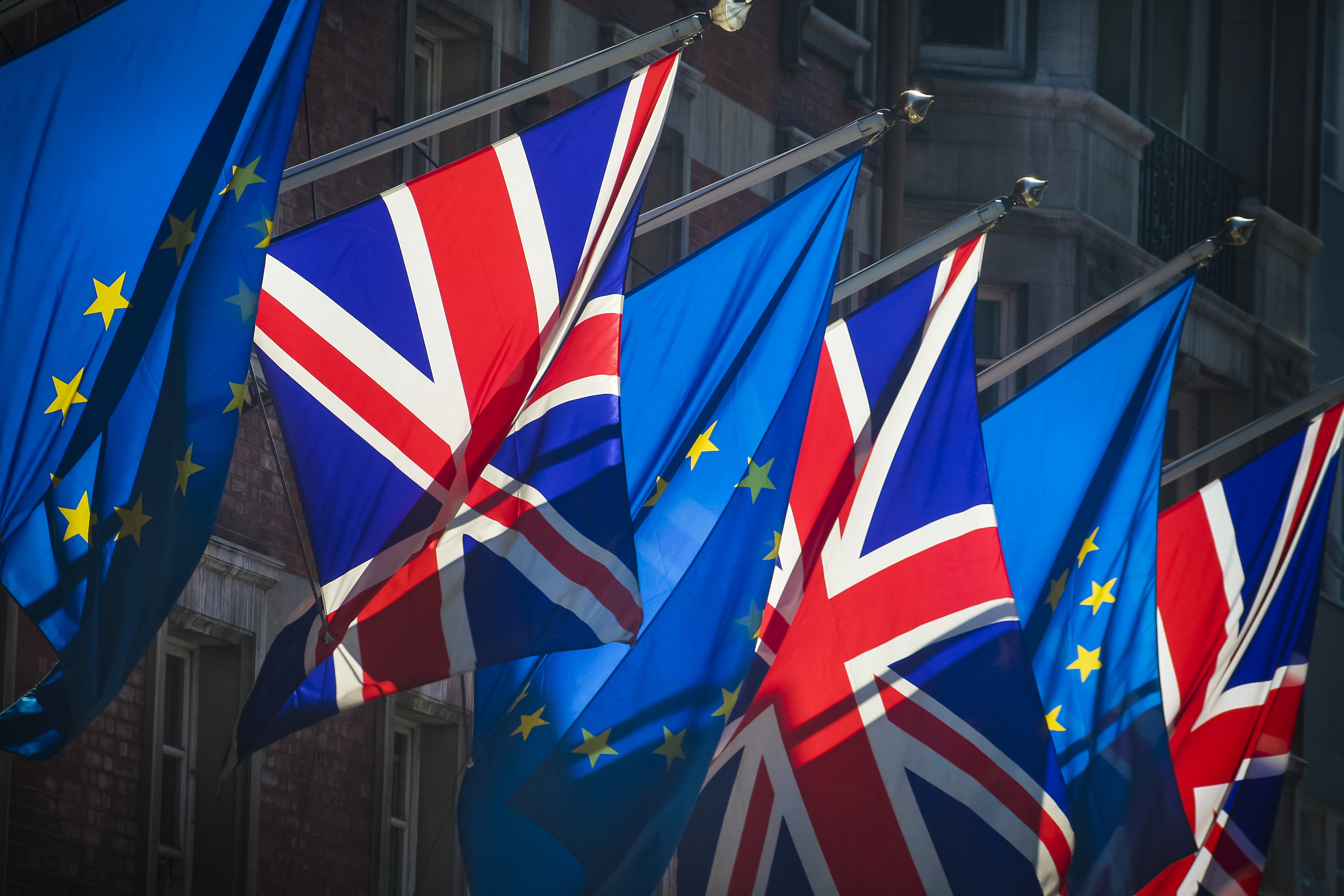
The Government is promising measures to protect workers’ rights after the UK leaves the EU, including plans for a labour market enforcement body.
Parliament, unions and businesses will be given a “new and enhanced role” in shaping the future of rights after Brexit, the Prime Minister announced.
Theresa May said Parliament should decide what rules are most appropriate after Brexit, rather than automatically accepting EU changes.
Unions and Labour have been voicing concerns about the impact of leaving the EU on workers’ rights, but the Government said they will be protected.
The Government said it had made a commitment not to reduce the standards of workers’ rights from EU laws that are retained in UK law and will ensure that new legislation changing those laws will be assessed as to whether they uphold this commitment.
Parliament will be given the right through the Withdrawal Agreement Bill to consider any future changes in EU law that strengthen workers’ rights or workplace health and safety standards, and vote on whether they should be adopted into UK law.
The new process will start with two EU directives that come into force after the implementation period – the Work Life Balance Directive and the Transparent and Predictable Working Conditions Directive.
The Government has voted in favour of both directives in the European Council and intends to ask Parliament if it wants to adopt them into UK law.
The Work Life Balance Directive introduces new rights for parents and carers, and the Transparent and Predictable Working Conditions Directive will set the terms of employment for workers by their first working day and provides more stability if they work in shifts.
The Prime Minister said: “We have as a country led the way in workers’ rights while maintaining a flexible labour market. The enormous success of our jobs market and the wealth of opportunities for workers across the nation have long been underpinned by the policies and standards that exceed the minimums set by the EU and that has been driven by successive governments of all parties.
“When it comes to workers’ rights this Parliament has set world-leading standards and will continue to do so in the future, taking its own decisions working closely with trade unions and businesses.”
Business Secretary Greg Clark said: “The United Kingdom has a proud tradition of establishing and improving the rights of working men and women from Shaftesbury’s Factories Acts, through William Hague’s Disability Discrimination Act to the Minimum Wage introduced by a Labour government, bolstered into the national living wage by a Conservative government.
“While the EU sets minimum requirements in many areas of workers’ rights, time and again the UK has led the way and chosen to exceed them. We are determined to maintain this record of leadership outside the EU.
“Yet it is a fact that some people felt that the rights of workers would not be adequately addressed, so as part of the Withdrawal Agreement Bill we will ensure Parliament is given a vote on the action Government will take in response to changes to EU legislation on workers’ rights.”
The Government said there will also be an extra package of measures to strengthen enforcement of workers’ rights.
Proposals for a single labour market enforcement body will be brought forward in the coming months, having the power to enforce holiday payments for vulnerable workers and ensure agency workers are not underpaid.

Enjoy the convenience of having The Sunday Post delivered as a digital ePaper straight to your smartphone, tablet or computer.
Subscribe for only £5.49 a month and enjoy all the benefits of the printed paper as a digital replica.
Subscribe